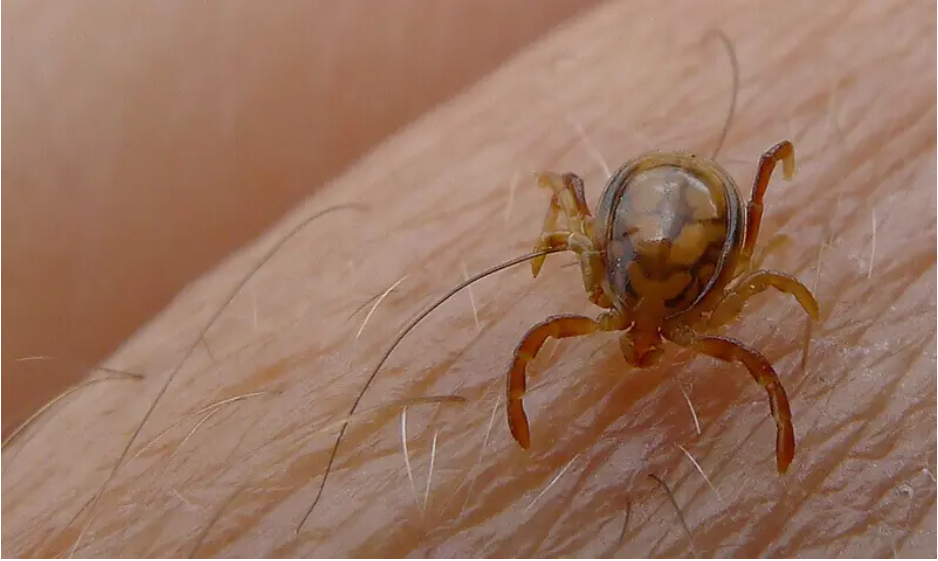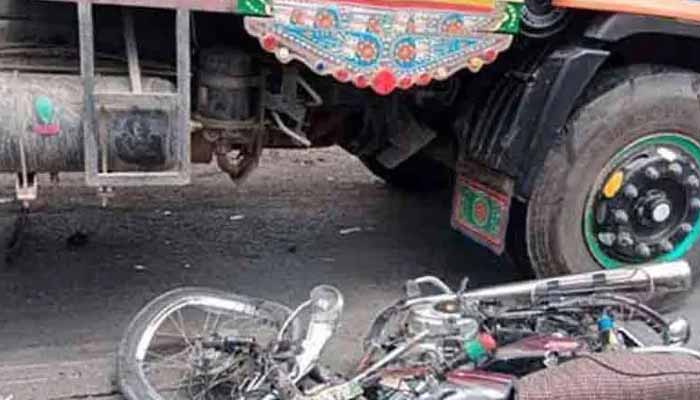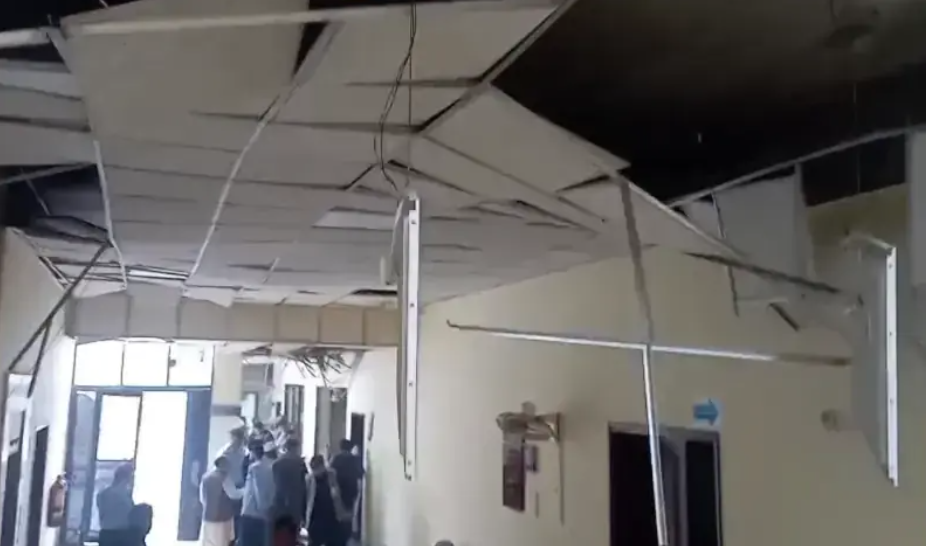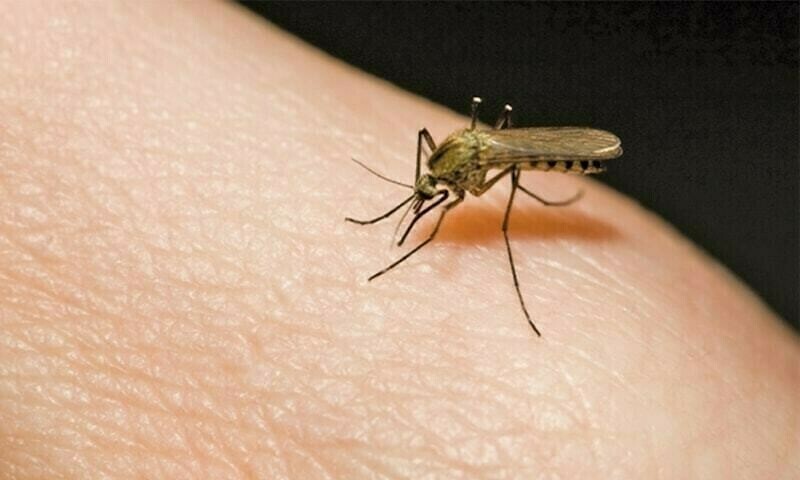HEALTH

Karachi – A 28-year-old butcher from Karachi’s Landhi area has died after contracting the Crimean-Congo Hemorrhagic Fever (CCHF), commonly known as Congo Virus, officials confirmed on Thursday.
According to the Sindh Health Department, the patient developed symptoms on September 24 and was admitted to the hospital the same day. Despite immediate isolation and treatment, he died within hours of admission.
The man’s symptoms included a high-grade fever, cough, shortness of breath, and bleeding from the mouth and rectum. A polymerase chain reaction (PCR) test later confirmed the presence of the virus. Authorities noted that the deceased had a history of exposure to animals and ticks due to his profession as a butcher.
Sindh Health Department spokesperson Meeran Yousuf said this was the sixth CCHF-related death in the province this year. Previous fatalities were reported in Karachi’s Malir area on June 17 and 18, in Thatta on June 30, and again in Malir on July 17 and August 14.
CCHF is a highly infectious viral disease with a case fatality rate of 10–40%, according to the World Health Organisation (WHO). The virus is primarily transmitted through tick bites or contact with infected animal blood and tissues during or after slaughter. Human-to-human transmission is also possible through close contact with blood, secretions, organs, or other bodily fluids of infected persons.
The disease typically begins suddenly, with symptoms such as fever, muscle pain, dizziness, stiff neck, backache, headache, sore eyes, and sensitivity to light. In severe cases, bleeding from various body parts may occur.
Pakistan has a long history with the Congo Virus, with the first documented case reported in 1976 when a surgeon and three healthcare providers died after contracting the virus from a patient. The disease continues to pose a recurring public health challenge, particularly among people working in livestock and meat-related professions.
Earlier this year, on June 18, a 22-year-old animal handler from North Waziristan also died of the disease at Hayatabad Medical Complex in Peshawar.
Health experts have urged caution, especially during Eid and other occasions involving animal slaughter, stressing the need for protective clothing, safe handling practices, and awareness campaigns to prevent further spread.




